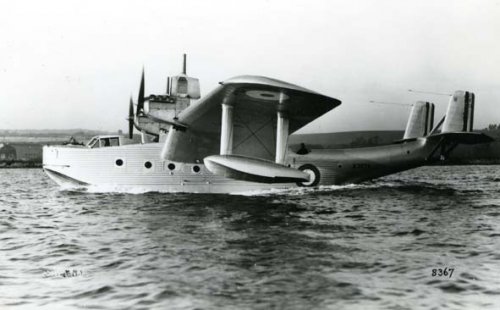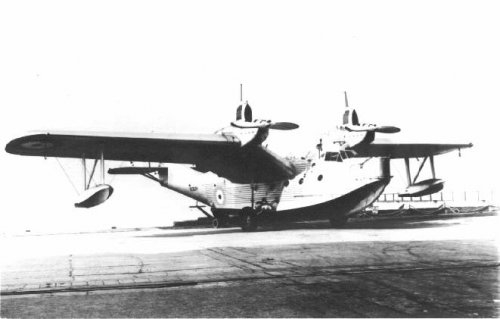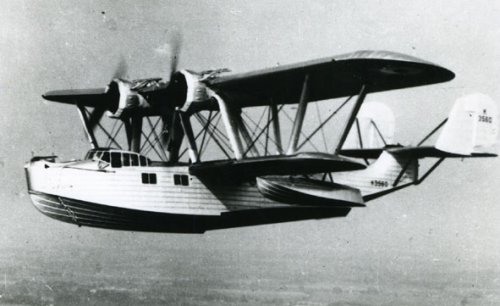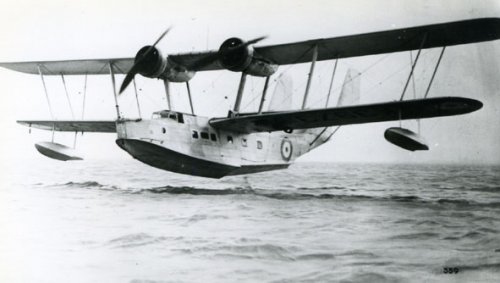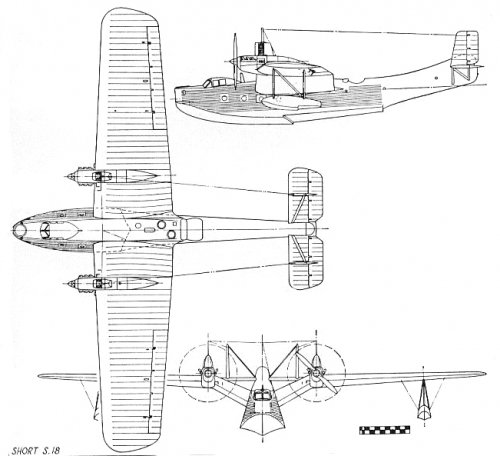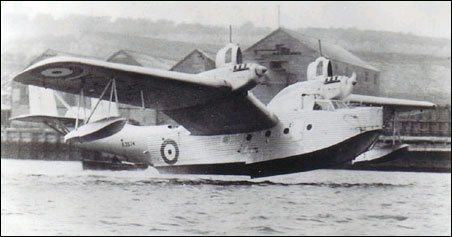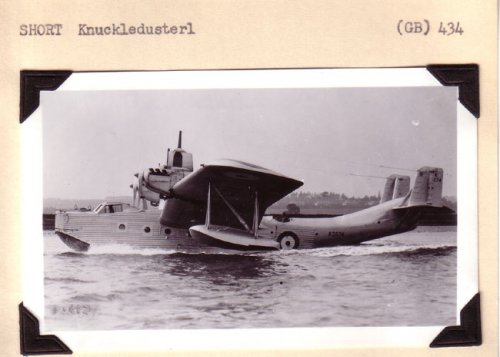Wandered into this aircraft form another link
http://en.wikipedia.org/wiki/Short_Knuckleduster
According to the wiki article (I know, I know), the Goshawk was part of the contract, is this true as the competing Saro and Supermarine designs had Pegasus engines?
If The Knuckleduster managed to avoid the Goshawk, what are the chances of it entering service?
http://en.wikipedia.org/wiki/Short_Knuckleduster
According to the wiki article (I know, I know), the Goshawk was part of the contract, is this true as the competing Saro and Supermarine designs had Pegasus engines?
If The Knuckleduster managed to avoid the Goshawk, what are the chances of it entering service?

